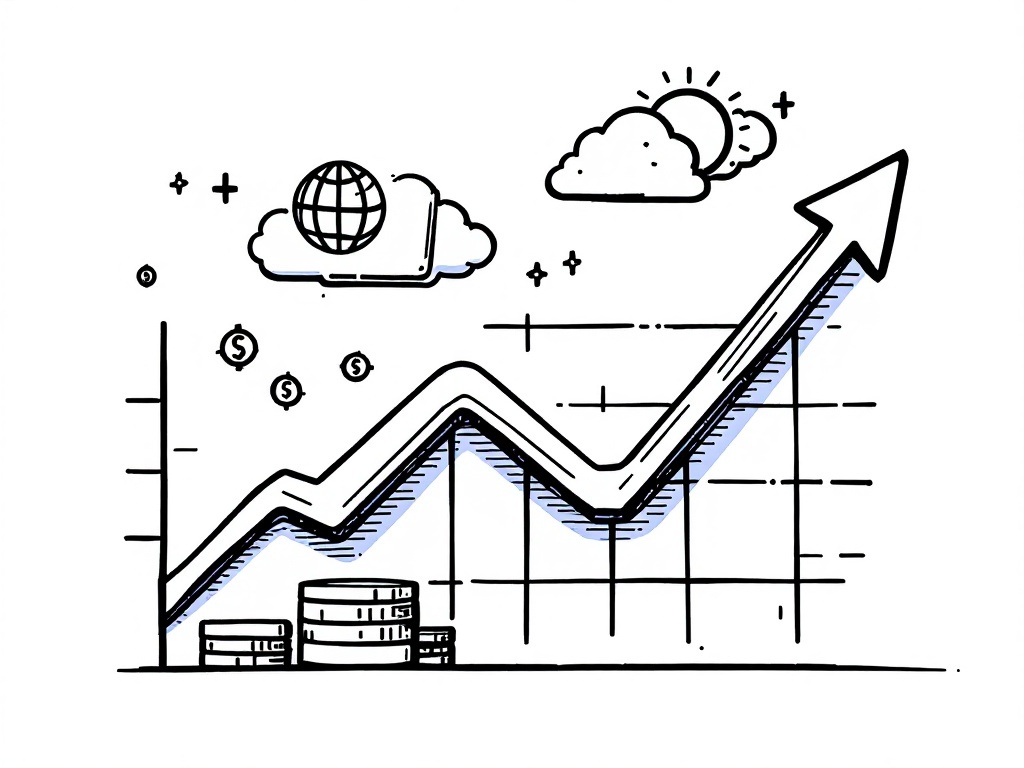World Bank Predicts Slow Economic Growth in 2025

Washington, D.C., Friday, 17 January 2025.
The World Bank forecasts a global economic growth rate of 2.7% for 2025, citing geopolitical tensions and inflation as significant challenges impacting living standards improvement.
Historic Growth Slowdown
The projected 2.7% growth rate marks the weakest global economic expansion since 2019, excluding the COVID-19 pandemic period [1]. This represents a significant decline from historical trends, as the decade before the pandemic saw average growth rates exceeding 3% annually [1]. World Bank Group Chief Economist Indermit Gill emphasizes the gravity of the situation, noting that ‘the next 25 years will be a tougher slog than the last 25’ [2].
Trade Tensions and Policy Risks
A major concern for 2025’s economic outlook centers on incoming U.S. trade policies. President-elect Trump’s planned tariffs, targeting China, Canada, and Mexico, could significantly impact global trade, as these countries represent 40% of the $3.2 trillion in annual U.S. imports [1]. World Bank deputy chief economist Ayhan Kose warns that a 10% increase in U.S. tariffs could reduce global economic growth by 0.2% [1]. The implementation of these tariffs is expected on January 20, 2025, coinciding with the presidential inauguration [1].
Regional Economic Variations
The World Bank’s analysis reveals significant regional disparities in growth projections. East Asia and Pacific regions are expected to see growth of 4.6% in 2025, down from 4.9% in 2024 [2]. Europe and Central Asia face more modest growth at 2.5%, while South Asia shows more robust projections at 6.2% for 2025-26 [2]. The Middle East and North Africa region is anticipated to see growth increase from 1.8% in 2024 to 3.4% in 2025, though regional conflicts pose significant risks [2].
Long-term Development Challenges
The current growth trajectory raises serious concerns about global development goals. The World Bank indicates that many low-income countries are unlikely to achieve middle-income status by 2050 under present conditions [2]. This slower growth environment demands new policy approaches, with Kose noting that ‘there is no ozempic for economic growth. Countries need to think about what policies to implement’ [1]. The situation is particularly critical as emerging market and developing economies now account for approximately 45% of global GDP, up from 25% in 2000 [2].